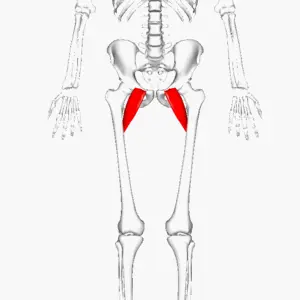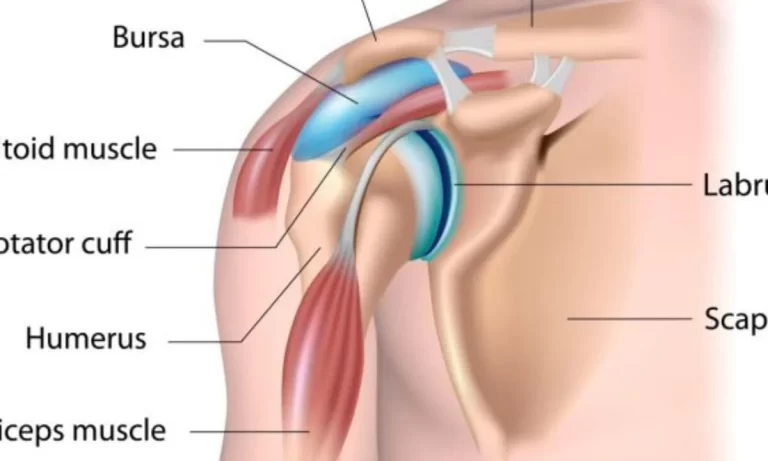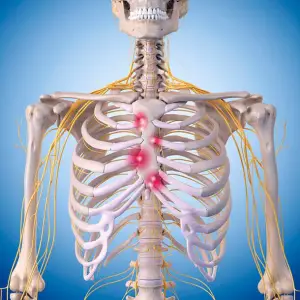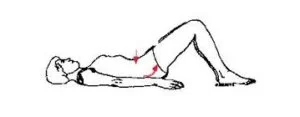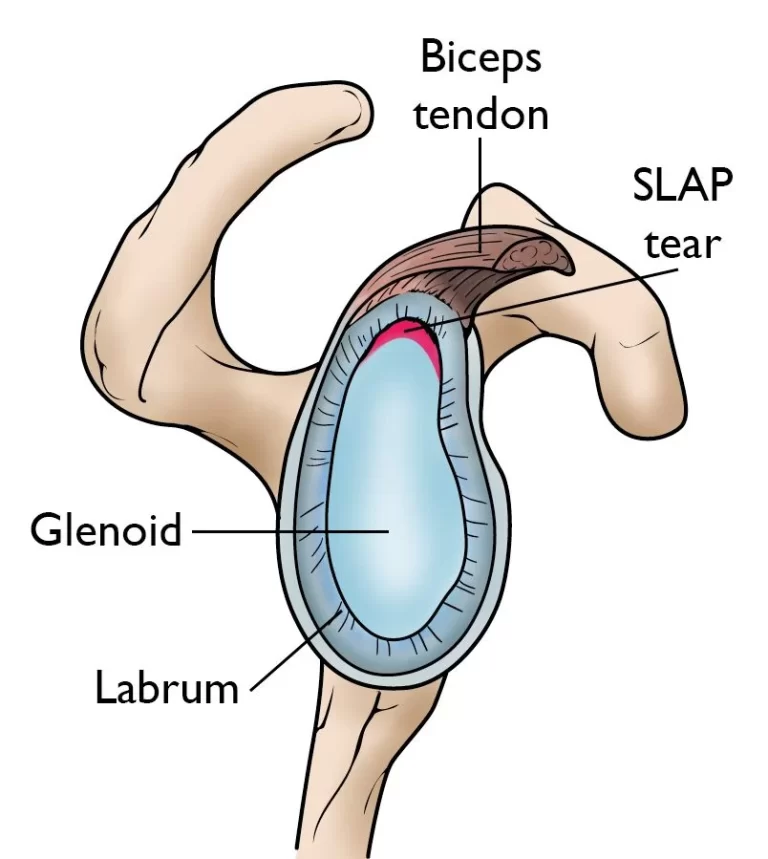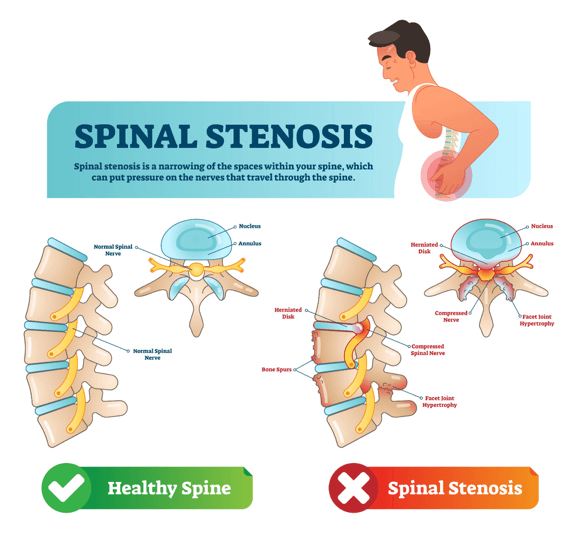Pectineus Muscle Pain
When you feel groin or upper thigh pain and also feel tingling, weakness, and numbness in the groin or leg. It is indicated to be muscle pain in the pectineus muscle pain.
In this muscle pain, you also hear the pop or snapping sound.
What is the pectineus muscle pain?
The pectineus muscle is a flat, quadrangular muscle that is situated in the middle of the thigh and helps to flex and move the leg towards the body.
When you do running, skate or kick a soccer ball, play basketball and when do exercise with fatigued muscles it leads to strain and pulls the pectineus muscle which is given to effects in painful injury.
In the injury, the patient feels weakness and numbness in the leg.
This pain is reduced by medication, rice principle, and physiotherapy treatment.
Anatomy of the pectineus muscle
The pectineus muscle arises from the pectineal line of the pubic bone, which is also known as the pectin pubis.
Then the pectineus muscle continues downward and in a posterolateral direction behind the side and inserts into the pectineal line of the femur bone thigh bone.
The pectineus muscle is a hip adductor muscle that is one of the groups of five large muscles on the medial side of the thigh. The pectineus muscle is innervated by the obturator nerve functions of the pectineus muscle are flexion, adduction, and external rotation means lateral rotation of the hip joint.
Cause of the pectineus muscle pain
- The pectineus muscle is become too injured by the overstretching of one and both legs too far out to the side and front of the body. The pectineus muscle injuries are caused by rapid activities and some repetitive activity like as
- kicking and sprinting
- Weak adductors muscle
- If you change directions too fast during running.
- When you sit with a leg crossed for too long a duration.
- If present to the previous hip joint or groin injury.
This pain is lead to a groin strain and groin pull.
This groin strain is present in three degrees of strain:

Grade 1 strain:
Overstretched and torn muscle which is damaged up to 5 % of muscle fibers.
With this grade-1 strain, walking is not painful but jumping, running, & stretching movements produce pain.
Grade 2 strain :
In this strain more important to damage the muscle fibers are caused by tearing in muscle.
In walking patient feels the pain.
With this grade-2 strain, the patient requires crutches for walking.
Grade 3 strain:
In this strain, most or all of the muscle and tendon are in tears, which is produce immediate severe pain, swelling, and bruising.
It is the result of this painful injury, you feel the space where the muscle fibers have been torn.
In this case, it is significant to avoid any running and jumping which is would worsen the injury, and seek medical attention immediately.
Symptoms of the pectineus muscle pain
- Redness is seen on the skin
- Swelling is also present at the site of pain,
- In the place of pain present to some point tenderness and trigger point
- In the muscle feel the stiffness ( immobility ).
- You have also heard a pop and snapping sound.
In which condition do you require to contact the doctor?
If you feel intense pain and swelling in the groin region.
If changes in the color of the groin and upper thigh.
Feel a tingling, weakness, and numbness in the groin area and leg.
If You cannot move the leg.
Diagnosis by the doctor:
Any of the symptoms of a groin strain which is always equal to symptoms of bursitis of the hip joint, hip strain, and stress fracture so the doctor recommends ( MRI ) magnetic resonance imaging to view the extent of the muscle damage.
Musculoskeletal ultrasound ( US ) helps further visualize the tendon and bony attachment sites, muscles, ligaments, and nerves to determine the site and extent of the injury which is evaluated sometimes during the recovery phase.
Treatment of pectineus muscle pain
RICE Principle
For the initial stage of pain relief used to RICE principle.
R [ rest ]- When the pain is occur avoid motions that are produced to further injury and pain. so that does the rest for some time or minimizes movements in which the pectineus muscle is used for walking and running exercises.
I [ ice ]- Ice is used at the site of pain for 15 to 20 minutes released to pain and swellings. you can also use ice packs and frozen peas.
C [ compression ] – Used to compress bandage to release the swelling and spasms.
E [ elevation ] – The patient is elevated to the affected leg with the help of a pillow to release the swelling.
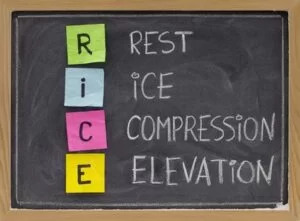
Pain medication :
When the patient feels muscle pain, the patient can be used pain relief medications such as Nonsteroidal anti-inflammatory drugs ( NSAIDs ) including ibuprofen or naproxen.
The patient can also be used pain reliever gel or patches such as volini gel and diclofenac gel on the site of muscle pain to relieve the pain.
Groin strain treatment:
Groin strain treatment relies on the grade.
In the starting phase, pain management of groin strain is generally used with acetaminophen and non-steroidal anti-inflammatory drugs.
You can also apply the RICE principle for pain relief.
From mild to more severe strain which is take to time ranging from 3 to 6 weeks of rest and even longer time to recover.
When occurring a complete tear means 3 degrees of strain which needs surgery and takes to up a 3 month recovery time.
Heating therapy :
After 2 to 3 days of muscle pain when the swelling is gone then use heat with the help of putting a warm water bottle and a heating pad till the patient feels comfortable in the groin region.
But always take care of this thing do not go to sleep with the heating pad on the skin, because it occurs to burns.
Physiotherapy treatment for pectineus muscle pain
The physiotherapy treatment includes electrotherapy, stretching, and exercise to release the muscle pain.
Electrotherapy for the pectineus muscle pain:
This electrotherapy treatment includes SWD, TENS, IFT, and the US machine which is used to relieve pain and swelling.
Ultrasound therapy ( US )- An ultrasound machine is used on tender points and trigger points to reduce swelling.
Short wave diathermy ( SWD ) – Short wave diathermy is used to place muscle pain to relieve pain.
Transcutaneous electrical nerve stimulation ( TENS ) and Interferential therapy ( IFT ) -This machine is used in the site of muscle pain to release the pain and swelling.
Exercises for the pectineus muscle pain
This exercise is helpful to you for relieving pain and strengthening the muscle.
- Standing hip flexion exercise
- Lateral Lunges
- Side-Lying Hip Adduction
Standing hip flexion exercise:
The patient’s position is in a standing position for facing a bench and other elevated surfaces like a secured and stable chair.
Keep the distance from it approximately the length of the leg, then with the hands-on, on the hip joint, put one foot on the bench and elevated surface.
After then bend the lifted leg slowly then causing it to lunge forward while holding the torso straight.
Push the hip joint slightly forward and maintain this stretching position for at least 2 seconds, but the patient can hold for a long as strength increases.
Do this exercise ten repetitions on one side, then repeat this exercise with the other leg.

Lateral Lunges
the patient starts with the standing position with the feet a little less than shoulder-width apart.
Put the hands on the hip joint out to the side to help with the balance, then step the right foot out to the right side and into a squat position to the one side.
The patient goes as far down as comfortable but not past the point where the thigh is parallel to the floor.
After then gently push with the right foot to stand back up again and back the right foot to the starting position.
Must be held the core muscle stable by contracting the abdominal muscles while performing this exercise.
Do these lateral lunges exercise four times on each side then increase the number of repetitions and sets as the strength increases.
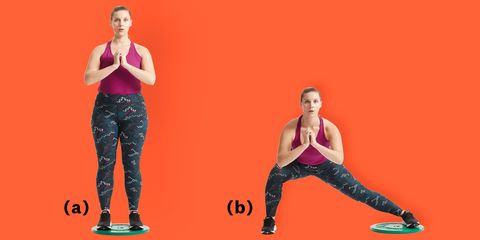
Side-Lying Hip Adduction:
For his exercise, the patient’s position is on the mat and padded ground surface.
The patient is lying on the side with the legs straight and stacked up on top of each other.
After then slide the top leg slightly backward so that the bottom leg is free, and then raise the bottom leg a couple of inches off the ground, raising from the hip joint.
Then slowly back to the ground and then repeat to complete the repetitions on the leg.
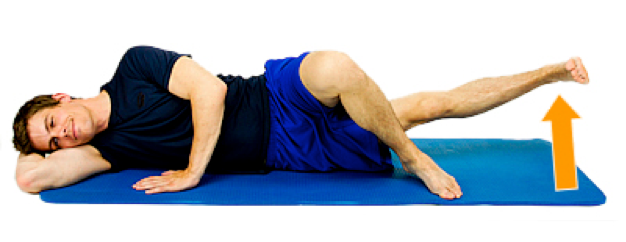
Stretching for the pectineus muscle pain
This stretching helps to for releasing the groin strain which is the cause of muscle pain.
- Standing Groin Stretch
- Seated Groin Stretch
- Squatting Groin Stretch
- Hip Opener & Groin Stretch
Standing Groin Stretch:
The patient’s position is to stand with both legs wide apart, then shift the weight to the left side.
Allow the left knee to flex till it is over the left foot.
The patient is feeling a stretch in the right groin region.
Must keep the feet on the floor to face forward.
Maintain this stretching exercise for 20-30 seconds, then repeat the stretching exercise on the other side.
This stretching exercise is repeated 3 times on both sides.

Seated Groin Stretch ( butterfly stretch ):
The patient’s position is in a sitting position for the stretch.
Curve the knee joint and bring the soles of the feet together, then hold the feet with the hands and rest the elbow joint on the knees.
Allowing the knee joint to fall toward the floor while keeping the back straight means no slouching.
After then apply gentle pressure on the inner thigh by pressing gently on the knees with the elbow joint.
The patient feels the gentle pulling and tension in the groin area.
Do not bounce and do not press down with great force.
Maintain the stretching exercise for 20 – 30 seconds.
Then release and repeat 3 times in 1 session every day.
To increase the stretch, and bring the feet closer to the groin region.

Squatting Groin Stretch:
The patient’s position is to stand with the feet wide apart and toes pointing outwards, and then squat down slowly till the knee joints are directly over the ankles and flex to 90 degrees.
Put the hands on top of the inner thighs and slowly push outward to open the hip joint.
The patient feels a stretch in the groin muscles in both legs and maintains this stretching exercise for 20 – 30 seconds then relax and repeats 3 times every day.
Hip Opener & Groin Stretch :
The patient’s position is start with the forward lunge position and drops the left knee to the floor.
Put the right elbow joint on the inside of the right knee.
After then press the right elbow gently into the right knee and twist the torso to the left.
Reach the left arm behind till the patient feel a gentle stretch in the lower back and right groin area, hold this stretching exercise for about 20 – 30 seconds then release and repeat on the opposite leg.
FAQ
What does a strained pectineus muscle pain feel like?
The most common symptoms of an injured pectineus muscle are pain, bruising, swelling, tenderness, & stiffness. Pain in the front hip region can mean that you may have strained the primary hip flexor muscles and the hip adductor muscles, or a combination of the two.
How do you treat pectineus muscle pain?
NSAIDs, such as ibuprofen, help lessen the pain & inflammation associated with this type of injury. Other treatments include rest, icing of the affected area, & proper stretching & massage of the pectineus.
Can you sprain your pectineus muscle?
The pectineus muscle can become injured by overstretching; especially, by stretching a leg or legs too far out to the side or front of the body.
What causes pectineus pain?
The most typical cause of pectineus pain is an injured pectineus muscle. The pectineus muscle can be potentially damaged as a result of stretching the leg(s) too far out to the side or front of the body.
Where is the pectineus muscle located?
Pectineus is a flat muscle located in the superomedial part of the anterior thigh. Fascial compartments of the thigh muscles are typical in that each of them is innervated by a particular nerve.

